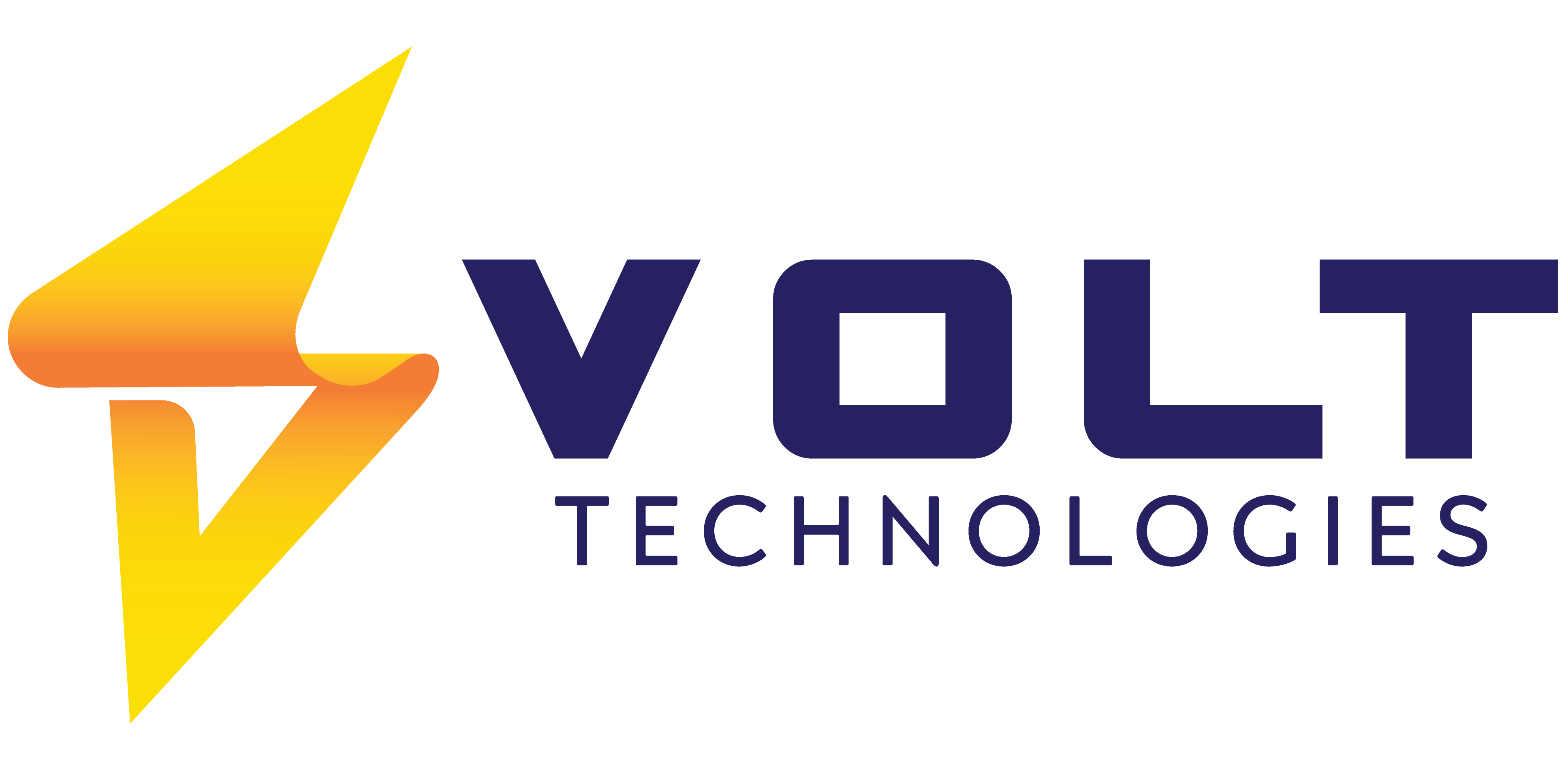A Step-by-Step Guide to Upgrading from NAV to Business Central in 2025


Microsoft Dynamics 365 | Simplify your IT footprint and make decisions faster.
- August 1, 2025
Introduction
NAV to Business Central Upgrade 2025 is becoming increasingly important as Microsoft phases out support for Dynamics NAV in 2025. Thousands of small and mid-sized businesses are facing a critical decision point.. Staying on a legacy ERP system like NAV increases operational risks, from security vulnerabilities to limited functionality and costly maintenance. Now is the time to consider the upgrade from NAV to Business Central, Microsoft’s modern, cloud-first ERP designed for growing businesses.
In this NAV to Business Central 2025 upgrade guide, we’ll walk you through the migration journey covering technical steps, planning tips, and key benefits. Whether you’re on NAV 2018 or an earlier version, this guide will help you understand how to upgrade NAV to Business Central with confidence.
NAV to Business Central Upgrade 2025 – Why It’s Time to Switch
Microsoft NAV End of Support in 2025
Microsoft has officially announced the end of mainstream support for older NAV versions, including NAV 2018, by 2025. This means no more security patches, bug fixes, or regulatory updates. For businesses in regulated industries or those seeking to maintain system resilience, this is a clear signal: it’s time to plan the transition to Dynamics 365 Business Central.
NAV vs Business Central: What’s Changed?
While NAV was a robust solution for its time, Business Central is built for the digital era. It offers:
- A modern, intuitive web-based interface
- Native cloud deployment with optional on-premise or hybrid models
- Seamless integration with the Microsoft ecosystem (Teams, Power BI, Power Apps)
- AI-driven insights and automation features
The NAV vs Business Central comparison isn’t just about UI, it’s about unlocking agility, mobility, and real-time decision-making across your business.
Benefits of Upgrading NAV to Business Central
Here are just a few reasons why businesses are accelerating their ERP upgrade from NAV to BC:
- Lower IT overhead with automatic updates and cloud hosting
- Enhanced productivity through streamlined workflows and dashboards
- Better collaboration across finance, sales, and operations
- Scalability to support business growth without re-platforming
Upgrading also ensures future readiness, positioning your business to adopt innovations like AI copilots and extended data analytics in the Microsoft stack.
NAV to Business Central Upgrade Options
Upgrading your ERP system isn’t a one-size-fits-all process. Depending on your current NAV setup, business complexity, and goals, there are several upgrade paths available. Choosing the right approach is critical for a successful transition.
Technical Upgrade vs Reimplementation
- Technical Upgrade: This approach moves your existing NAV codebase and data to Business Central with minimal changes. It’s ideal for businesses with limited customizations and a relatively clean NAV environment.
- Reimplementation: For companies with extensive customizations, outdated processes, or plans to restructure operations, reimplementation offers a clean slate. It allows you to redesign workflows, retire legacy code, and fully embrace Business Central’s capabilities.
At Volt Technologies, we help businesses evaluate these options based on ROI, complexity, and risk, ensuring you select the right Business Central upgrade path from NAV.
Full vs Partial Data Migration
Not all data needs to make the move. A careful NAV to Business Central data migration strategy helps reduce clutter, improve performance, and speed up go-live.
- Full Migration: Includes all historical data, ideal for industries with long audit trails or compliance requirements.
- Partial Migration: Focuses on open transactions and recent history, streamlining the system and avoiding unnecessary baggage.
With the right tools and planning, we ensure your data is migrated accurately and efficiently, preserving business continuity.
Dynamics NAV to Business Central Step-by-Step Migration Plan
A structured approach is essential when planning to migrate NAV to Dynamics 365 Business Central. Here’s a proven 6-step process Volt Technologies follows to ensure a smooth transition with minimal disruption.
Step 1 – Assess Your Current NAV Environment
Begin by evaluating your current system:
- NAV version (e.g., NAV 2013, 2016, NAV 2018)
- Customizations and third-party add-ons
- Data volume and quality
- User roles and key business processes
This helps identify potential roadblocks and define your unique upgrade scope. It’s the foundation of your NAV to Business Central migration plan.
Step 2 – Define the Business Central Upgrade Path
The Business Central upgrade path from NAV varies by version. For example:
- NAV 2018 can often be upgraded directly using Microsoft’s migration tools.
- Older versions like NAV 2009 may require a two-stage upgrade.
We map the shortest, safest route based on your technical and functional landscape.
Step 3 – Prepare a NAV to BC Upgrade Checklist
A tailored NAV to BC upgrade checklist includes:
- Backup and sandbox setup
- Compatibility review of extensions and ISVs
- Cloud readiness assessment
- Licensing and user mapping
This ensures nothing gets missed and you’re ready for a seamless migration.
Step 4 – Execute the Data Migration
We migrate master data, opening balances, and selected historical records using Microsoft’s Data Migration Tool or RapidStart services. Data integrity and validation are our top priorities.
Step 5 – Testing and Validation
We guide you through:
- User acceptance testing (UAT)
- Role-based testing scenarios
- Parallel runs (if needed)
- Performance tuning
Every workflow is validated to match real-world processes before go-live.
Step 6 – Go-Live and Post Go-Live Support
When everything checks out, we schedule a go-live window and provide:
- End-user training
- Real-time support
- System monitoring and fine-tuning
Our focus is to deliver a Business Central implementation after NAV that’s stable, optimized, and future-ready.
Cost of Upgrading NAV to Business Central
Understanding the cost of upgrading NAV to Business Central is key to building a realistic budget and securing internal buy-in. While the investment varies by organization, several core factors influence the total cost.
Key Cost Drivers
- NAV Version & Customizations: Older NAV systems with heavy custom code require more effort to upgrade or refactor.
- Data Migration Scope: Migrating full history increases complexity. Selective migration reduces effort and cost.
- Third-Party Integrations & Add-ons: Replacing or upgrading ISVs (Independent Software Vendors) can add cost if alternatives are needed in Business Central.
- Licensing Model: Business Central offers cloud-based subscription licensing (SaaS) or perpetual licensing for on-premise. Transitioning from NAV’s license model may include trade-ins or credits.
- Training & Change Management: User onboarding and retraining should be factored in to avoid productivity dips.
Typical Budget Ranges
- Small business (under 20 users): Starting from £10,000–£25,000
- Mid-sized business (20–100 users): £30,000–£75,000+
- Highly customized or complex migrations: £100,000+
Volt Technologies offers fixed-cost upgrade packages for qualified customers, reducing budget uncertainty while delivering enterprise-grade support.
How Volt Technologies Supports Your NAV to Business Central Upgrade
As a certified Microsoft Dynamics 365 Partner, Volt Technologies specializes in helping small and mid-sized businesses transition from outdated ERP systems to Business Central with speed, precision, and confidence.
Our Expertise as a Microsoft Dynamics 365 Partner
With deep experience across industries, our team of solution architects, developers, and consultants bring:
- 100+ successful NAV to Business Central migrations
- Expertise in upgrading NAV 2013, NAV 2015, NAV 2018, and beyond
- In-house tools to accelerate NAV to Business Central data migration
- Custom training tailored for SMB users
We know the common pitfalls, and how to avoid them.
Proven Business Central Upgrade Methodology
Our process is refined, reliable, and results-driven. We deliver:
- Tailored migration plans based on your business goals
- Minimal downtime during migration and go-live
- Post-implementation support, system optimization, and feature rollouts
- Flexible engagement models: fixed-price, milestone-based, or agile
Whether you need a technical upgrade or a full reimplementation, we ensure your new system is lean, secure, and scalable.
FAQs on Upgrading from NAV to Business Central
1. What versions of NAV can be upgraded to Business Central?
Most NAV versions, from NAV 2009 through NAV 2018, can be upgraded to Business Central. However, earlier versions (pre-2015) may require a two-step process. Volt helps assess your upgrade readiness based on version, customizations, and infrastructure.
2. Is cloud migration mandatory when upgrading to Business Central?
No. Business Central is available both as a cloud-based SaaS solution and as an on-premise deployment. However, most SMBs choose the cloud model for its flexibility, lower IT overhead, and automatic updates.
3. How long does a NAV to Business Central upgrade take?
Typical timelines range from 6 to 12 weeks depending on complexity. A NAV 2018 to Business Central upgrade may be faster, especially if minimal customization and integrations are involved.
4. Can we retain our historical NAV data?
Yes. You can choose to migrate full or partial historical data. Volt will help define what data to carry forward based on compliance, audit, and performance needs.
5. What is the difference between upgrading and re-implementing?
- Upgrading moves your current NAV system (data and code) to Business Central.
- Re-implementation gives you a clean start, ideal if you want to simplify processes, eliminate unused customizations, or improve system design.
6. What happens after we go live on Business Central?
Volt provides full post-go-live support, performance tuning, and end-user training to ensure a successful transition. We also help unlock new capabilities like Power Platform integrations and reporting enhancements.
Conclusion: Future-Proof Your ERP Before NAV Support Ends
The clock is ticking! Microsoft NAV end of support in 2025 is not just a deadline, it’s an opportunity. Upgrading to Dynamics 365 Business Central doesn’t just keep you compliant, it transforms your business into a more agile, scalable, and data-driven operation.
With Volt Technologies as your partner, you gain a proven team, a clear roadmap, and a smoother transition. Whether you’re running NAV 2018 or a much earlier version, now is the time to plan your NAV to Business Central upgrade.
Ready to Get Started?
Book your free NAV upgrade assessment with Volt Technologies today and discover the best migration path for your business.
Schedule a Consultation
Download our NAV to BC Upgrade Checklist
Learn more about our Dynamics 365 Business Central Services
